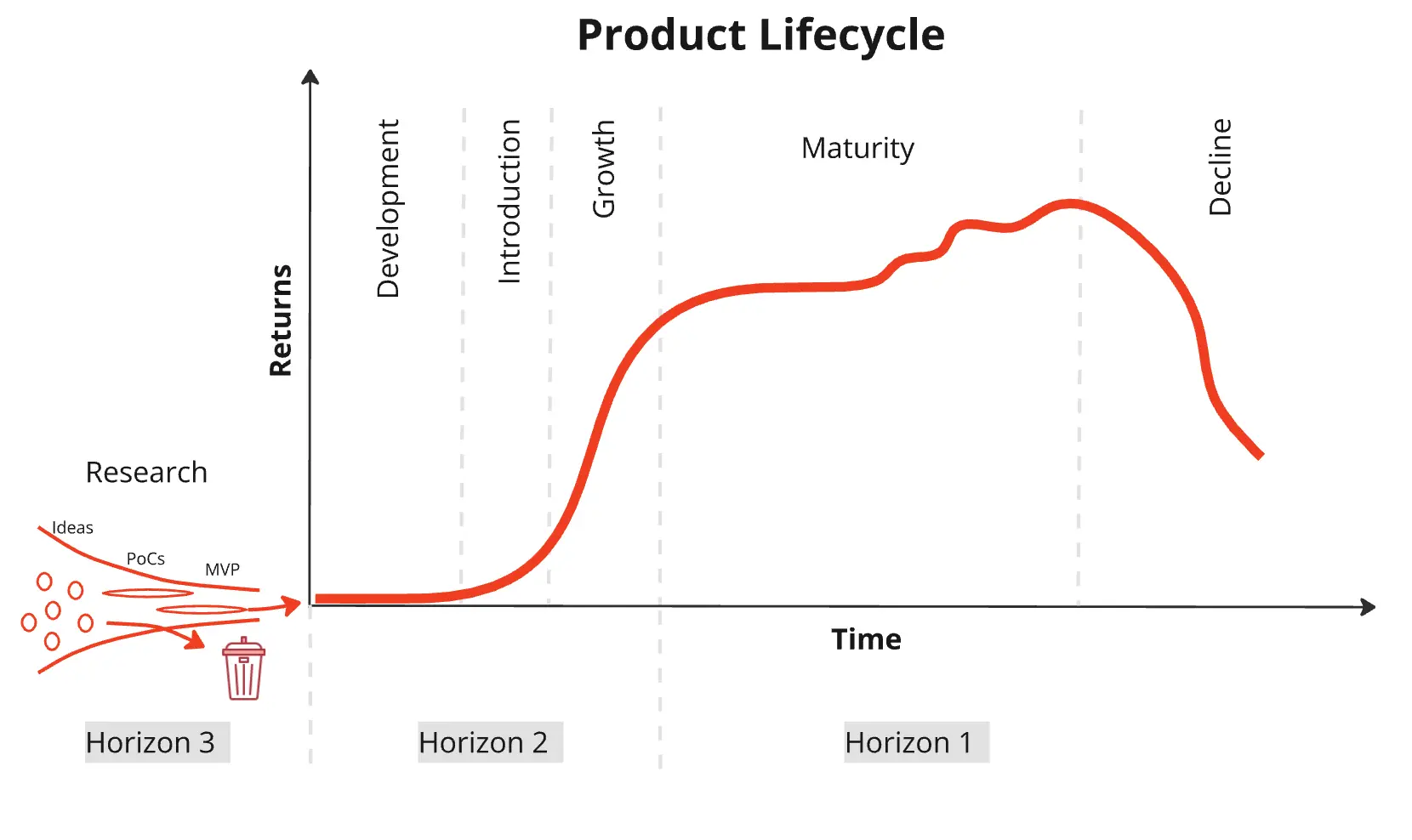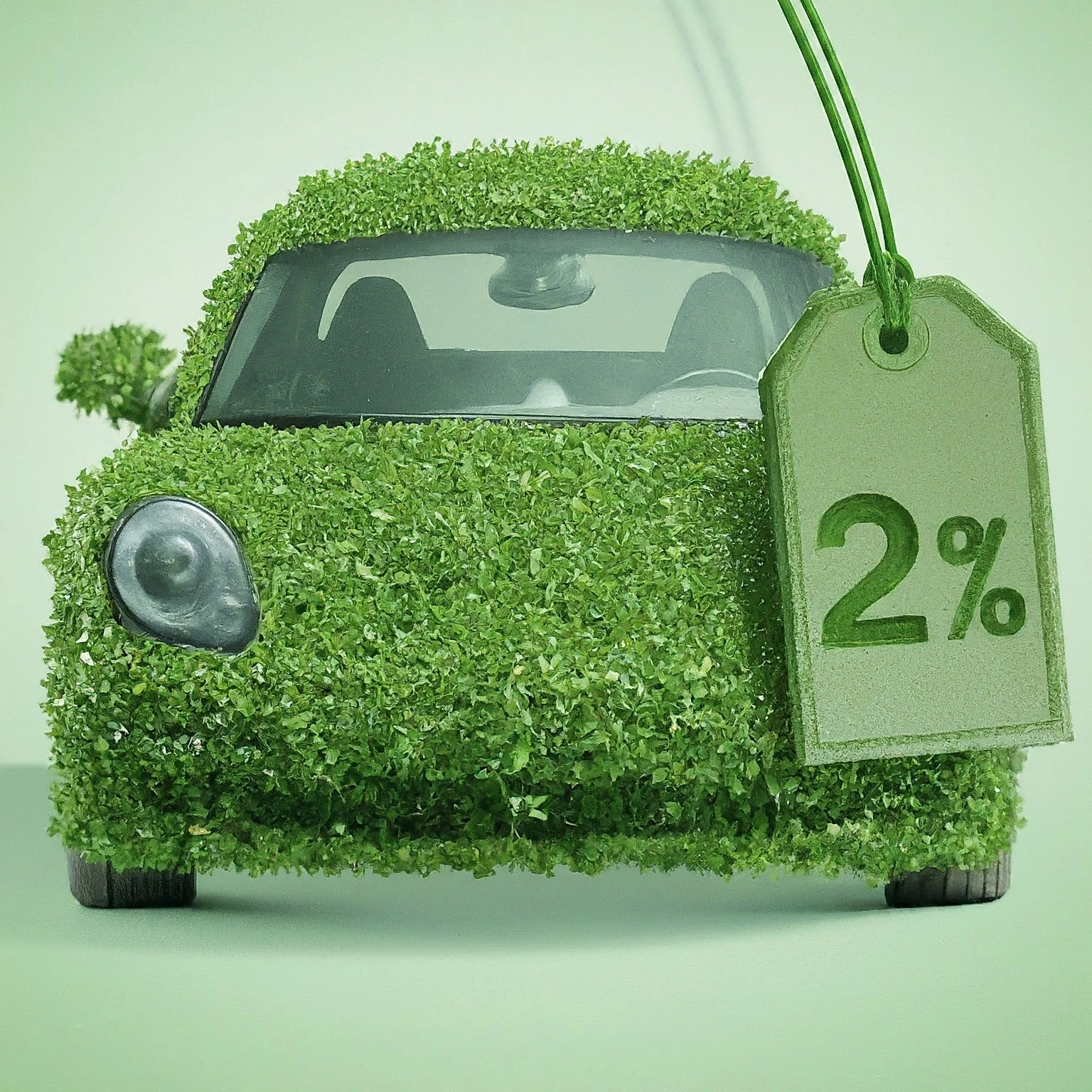Organisation

Stuck in the Middle? Reach Operational Excellence with Cloud Native
In my previous post , I discussed my book Cloud Native Transformation: Practical Patterns for …
Pini Reznik
|
Sep 23, 2024

From Adoption to Mastery: Reaching Cloud Native Maturity
Five years ago, I wrote “Cloud Native Transformation: Practical Patterns for Innovation” …
Pini Reznik
|
Sep 6, 2024

Lean Software Development: Reducing Agile's Environmental Impact
Did you know the IT industry is on track to become a leading contributor to global carbon emissions? …
Pini Reznik
|
Jul 8, 2024

Just 2% More? Could Climate Change Be That Easy?
I recently watched a thought-provoking TED Talk by Jens Burchardt from BCG How we can curb climate …
Pini Reznik
|
Mar 3, 2024